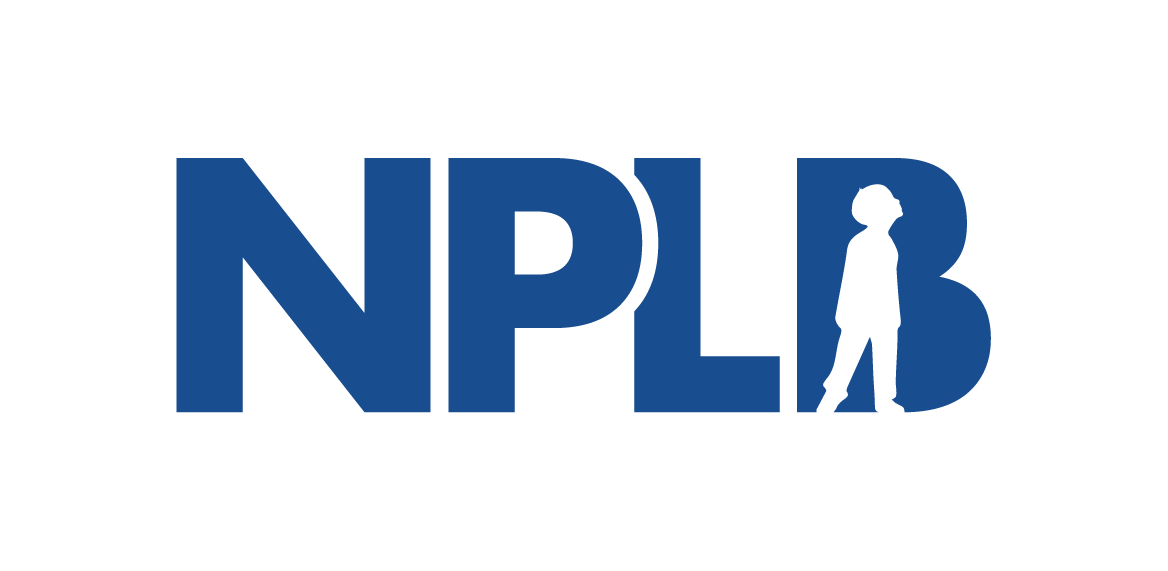Public Comment: Accelerate Safe and Effective Drug Access, PDUFA III
August 14, 2025 — No Patient Left Behind (NPLB) wrote to the Food and Drug Administration to provide industry input into the reauthorization of the Prescription Drug User Fee Act (PDUFA).
Dear Commissioner Makary and PDUFA Negotiation Team,
On behalf of No Patient Left Behind (NPLB), thank you for the opportunity to provide input into the reauthorization of the Prescription Drug User Fee Act (PDUFA). NPLB is a coalition of biotech investors, innovators, researchers, physicians, and patient advocates committed to lowering patient out-of-pocket costs while preserving incentives for U.S. biomedical innovation.
We support your efforts to modernize and streamline the drug approval process while ensuring the Food and Drug Administration’s (FDA) operational capabilities remain strong throughout the reorganization process. We value the dedication of FDA staff and believe new technologies can reduce unnecessary administrative burdens, enabling reviewers to focus their expertise on advancing safe and effective new medicines for patients.
Our modern world needs a modern FDA. PDUFA VIII offers a historic opportunity to make the FDA’s drug review program faster, more consistent, and more transparent. That’s why we surveyed our network of innovators, investors, and patient advocates to inform this letter. Many emphasized their appreciation for the outreach you have made to small innovators in recent months and expressed a strong interest in providing the feedback listed below.
PDUFA VIII should be more than a renewal. It should be a catalyst for optimizing the FDA’s review program for speed, predictability and transparency. This would allow the FDA to improve upon its “gold-standard” review process while getting treatments to Americans more quickly, leading to healthier, better lives around the world. We recommend the following priorities:
1. Prioritize What’s Most Important:
Focus on mission-critical tasks: Direct resources to timely, high-quality review of applications to ensure life-saving innovations reach patients as quickly and as safely as science allows.
Strengthen accountability: Enforce all statutory and negotiated PDUFA milestones, including labeling timelines, inspection deadlines, and decision dates.
Standardize processes: Establish clear review “gates” and timelines across all therapeutic areas.
Maintain financial predictability: Preserve a stable fee and revenue structure to enable companies to plan investments confidently.
2. Streamline Preclinical & Clinical Requirements
Reduce redundancy: Remove unnecessary preclinical studies that do not materially affect benefit/risk assessments; allow certain studies to run in parallel with early human trials.
Align with modern science: Update requirements regularly in line with advances in toxicology, translational science, and global best practices.
Tailor requirements: Avoid one-size-fits-all standards – especially in high-need, orphan, or fatal disease areas – allowing greater clinical risk-taking when patient needs justify it. Doing so will also help re-shore clinical trials to the U.S. that currently are initiated in Europe.
3. Improve Communication
Engage early and frequently: Maintain transparent dialogue with interim checkpoints to avoid late-stage surprises.
Improve written feedback: Standardize reviewer training so Written Response Only (WRO) communications are clear, actionable, and consistent across divisions.
Be flexible with follow-up: Allow sponsors to request follow-up meetings within seven days of a WRO.
Explain key decisions: Provide clear rationales for major regulatory actions to strengthen trust and inform better trial design.
Increase public transparency: Publish anonymized Complete Response Letter (CRL) learnings in real-time to guide industry and reduce repeat deficiencies.
4. Enhance Cross-Division Consistency
Standardize best practices: Share lessons from divisions with advanced regulatory science experience (e.g., oncology, rare disease).
Expand reviewer training: Incorporate advanced statistics, innovative trial design, real-world evidence, patient experience data, and combination product review.
Establish public frameworks: Outline clear criteria for surrogate endpoints, biomarkers, and data types, particularly for rare diseases with well-understood mechanisms.
5. Bring the FDA Up to Speed with AI and Other New Technologies
Eliminate duplicative reports: Replace lengthy integrated summaries with structured, linked electronic submissions.
Adopt a digital-first approach: Use AI for data parsing, review preparation, and administrative tasks, ensuring human oversight for scientific judgment.
Accelerate discovery and trials: Apply AI-powered predictive analytics to identify promising compounds, model outcomes, and enable adaptive trial designs (e.g., optimized placebo ratios).
Enhance real-time oversight: Allow FDA to monitor trial progress continuously, flag safety or efficacy issues early, and adjust requirements as needed.
Streamline post-approval indications: Use AI to support faster indication expansions without repeating large-scale studies.
6. Increase Predictability in Labeling & Inspections
Labeling milestones: Require draft labeling comments at least 30 days before the PDUFA action date, with justifications for edits and a final touchpoint before approval.
Inspection planning: Finalize site lists early and share topic outlines in advance to allow preparation and issue resolution before reviews conclude.
7. Advance Science-Driven, Patient-Centered Development
Incorporate authentic patient voices: Incentivize trial designs that capture patient preferences, real-world outcomes, and qualitative experience data.
Reduce barriers to participation: Encourage trials to cover more patient care costs and provide adequate compensation.
Look at biomarker qualifications: Establish cross-center criteria for qualifying disease biomarkers and surrogate endpoints, especially for rare conditions.
Use risk-based flexibility: Prioritize benefit/risk assessments grounded in patient needs over rigid procedural uniformity.
8. Support Small & Emerging Companies
Scale fees to size: Implement tiered user fees and expand waivers for small businesses and orphan-focused developers.
Provide resource-sensitive guidance: Provide regulatory advice that accounts for the limited resources of small sponsors.
Foster investor confidence: Maintain predictable review and approval processes to encourage capital formation and sustained R&D investment.
Conclusion
By prioritizing core review activities, modernizing processes, strengthening accountability, and embracing patient-centered science, the agency can accelerate access to safe and effective treatments while sustaining America’s global leadership in biotechnology.
NPLB stands ready to work with the FDA throughout the negotiation process and your tenure to achieve these goals and ensure that patients receive the full benefit of U.S. biomedical innovation.
Sincerely,
Peter Rubin
Executive Director
No Patient Left Behind
